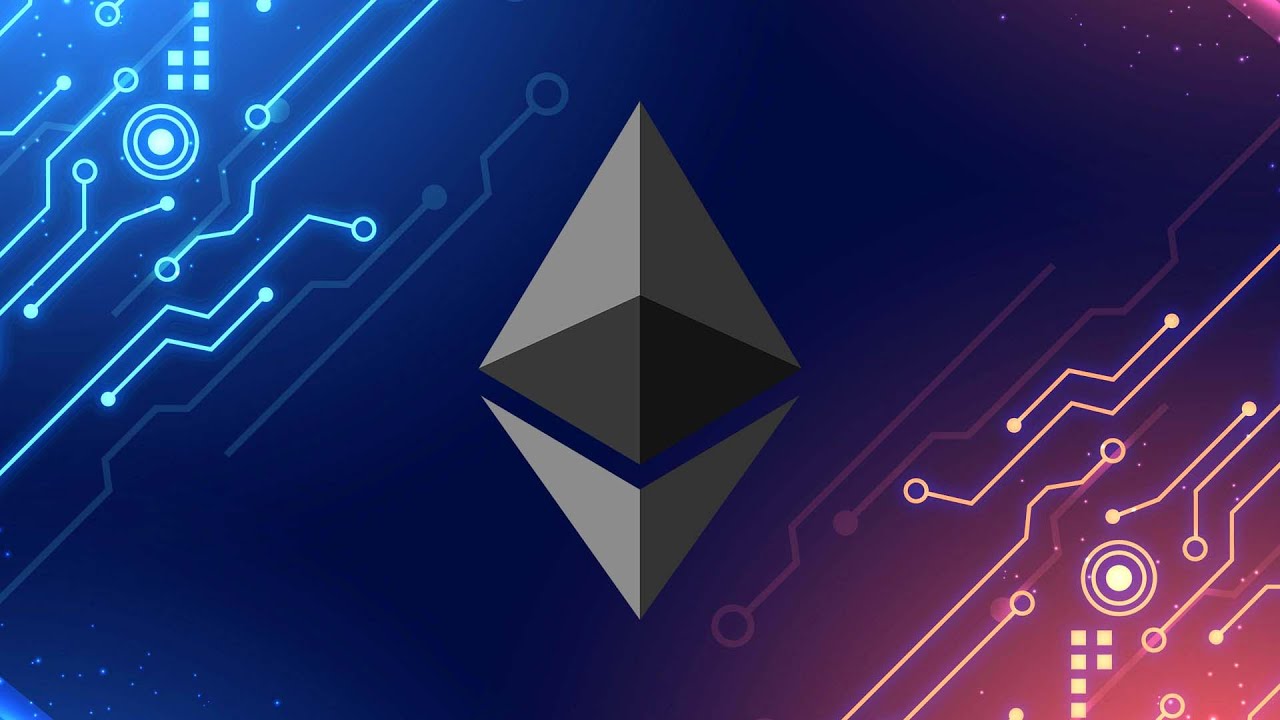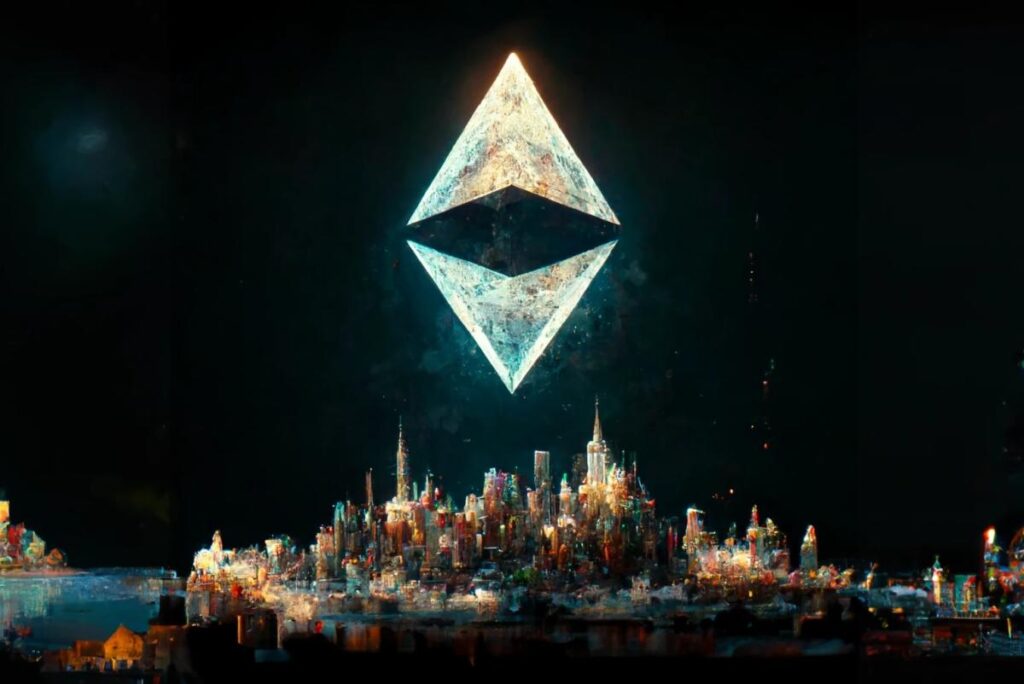Ethereum Developers Clash the world’s second-largest cryptocurrency, is once again at the center of a heated debate among its core developers as they struggle to reach a consensus on critical upcoming upgrades. However, recent disagreements over proposed changes to the Ethereum Virtual Machine (EVM) and the impending Fusaka upgrade have highlighted deeper divisions regarding the platform’s evolution.
One of the key points of contention revolves around the EVM Object Format (EOF), a proposed improvement designed to enhance Ethereum Price efficiency, security, and smart contract functionality. While some developers argue that EOF is a necessary step toward making Ethereum more scalable and robust, others believe that the complexity of the upgrade outweighs its potential benefits. As a result, tensions have risen, leading to a split within the development community.
EVM Object Format (EOF) Controversy
EOF is a proposed update to Ethereum’s virtual machine that seeks to improve how smart contracts interact with the blockchain. Ethereum Developers Clash By introducing a structured object format for Ethereum’s bytecode, EOF aims to increase efficiency, optimize gas usage, and provide a cleaner framework for smart contract execution. Proponents of EOF argue that it will modernize the EVM, making Ethereum a more developer-friendly and secure platform.

Marius van der Wijden, a prominent developer within the Geth team, has been vocal about his reservations. He argues that while EOF introduces technical refinements, it also complicates Ethereum’s execution layer, making it harder to maintain and debug. Given Ethereum’s goal of ensuring long-term stability and ease of use, van der Wijden and others believe that adding unnecessary complexity could create long-term challenges.
Ethereum’s Development Dilemma
Ethereum has always walked a fine line between innovation and stability. On one hand, the network must continuously evolve to remain competitive with emerging blockchain platforms like Solana and Avalanche. On the other, Ethereum’s widespread adoption means that any misstep in a network upgrade could have massive implications, potentially disrupting billions of dollars’ worth of transactions and smart contract operations.
The disagreement over EOF highlights this fundamental tension. Some developers argue that Ethereum cannot afford to be stagnant and must embrace improvements like EOF to maintain its dominance. Others insist that Ethereum’s core infrastructure should remain as simple and reliable as possible, focusing only on upgrades that provide undeniable benefits.
These differing philosophies have made it difficult to finalize the list of improvements included in the upcoming Fusaka upgrade. While other proposed changes, such as improvements to gas efficiency and execution optimization, have received broad support, EOF remains a divisive topic.
Road to the Pectra Upgrade
Amid ongoing debates about Fusaka, Ethereum developers are also preparing for the next major network upgrade, Pectra. The Pectra upgrade is scheduled to be activated on the Holesky testnet on February 24, 2025, followed by the Sepolia testnet on March 5. If all goes according to plan, the mainnet upgrade will take place around April 8.
Tim Beiko, the Ethereum Foundation’s Protocol Support Lead, has suggested taking a more measured approach to finalizing the scope of Fusaka and Pectra. He believes that giving developers additional time to analyze the potential risks and benefits of each proposal will ultimately result in a more stable and reliable Ethereum network.
Stakes for Ethereum’s Future
The current divide among Ethereum’s core developers raises important questions about the network’s governance and decision-making process. Unlike traditional corporate structures, Ethereum operates as a decentralized, open-source project, meaning that major protocol changes must be agreed upon by a broad coalition of developers, node operators, and stakeholders.
If Ethereum’s developers fail to reach an agreement soon, there is a risk that critical upgrades could be delayed, potentially slowing down Ethereum’s progress. On the other hand, rushing through changes without thorough vetting could introduce unforeseen vulnerabilities or inefficiencies into the network.

External Pressures and Market Implications
Beyond the internal developer disputes, external factors also play a significant role in shaping Ethereum’s future. The broader cryptocurrency market is currently experiencing heightened volatility, with Bitcoin recently surpassing the 100000 dollar milestone. Historically, Ethereum has followed Bitcoin’s price movements, meaning that any delays in its upgrades could impact investor sentiment and price momentum.
Regulatory uncertainty is another factor adding pressure to Ethereum’s roadmap. Governments and financial regulators around the world are paying closer attention to Ethereum due to its role in decentralized finance and smart contracts. Any major technical changes to the network could attract regulatory scrutiny, making it even more crucial for developers to ensure that upgrades are executed smoothly.
Path Forward
Despite the current disagreements, Ethereum’s history suggests that its developer community is capable of overcoming internal divisions and making decisions that benefit the network in the long run. Ethereum Developers Clash In previous upgrade cycles, Ethereum has faced similar challenges, yet it has consistently managed to implement improvements that have strengthened the network.
Ultimately, Ethereum (ETH) February 2025 success depends on its ability to balance innovation with stability. While disagreements among developers may slow down the upgrade process, they also demonstrate the rigorous scrutiny and careful planning that go into every change made to the network. By maintaining this approach, Ethereum can continue to evolve while preserving the security and reliability that have made it one of the most trusted blockchain platforms in the world.

